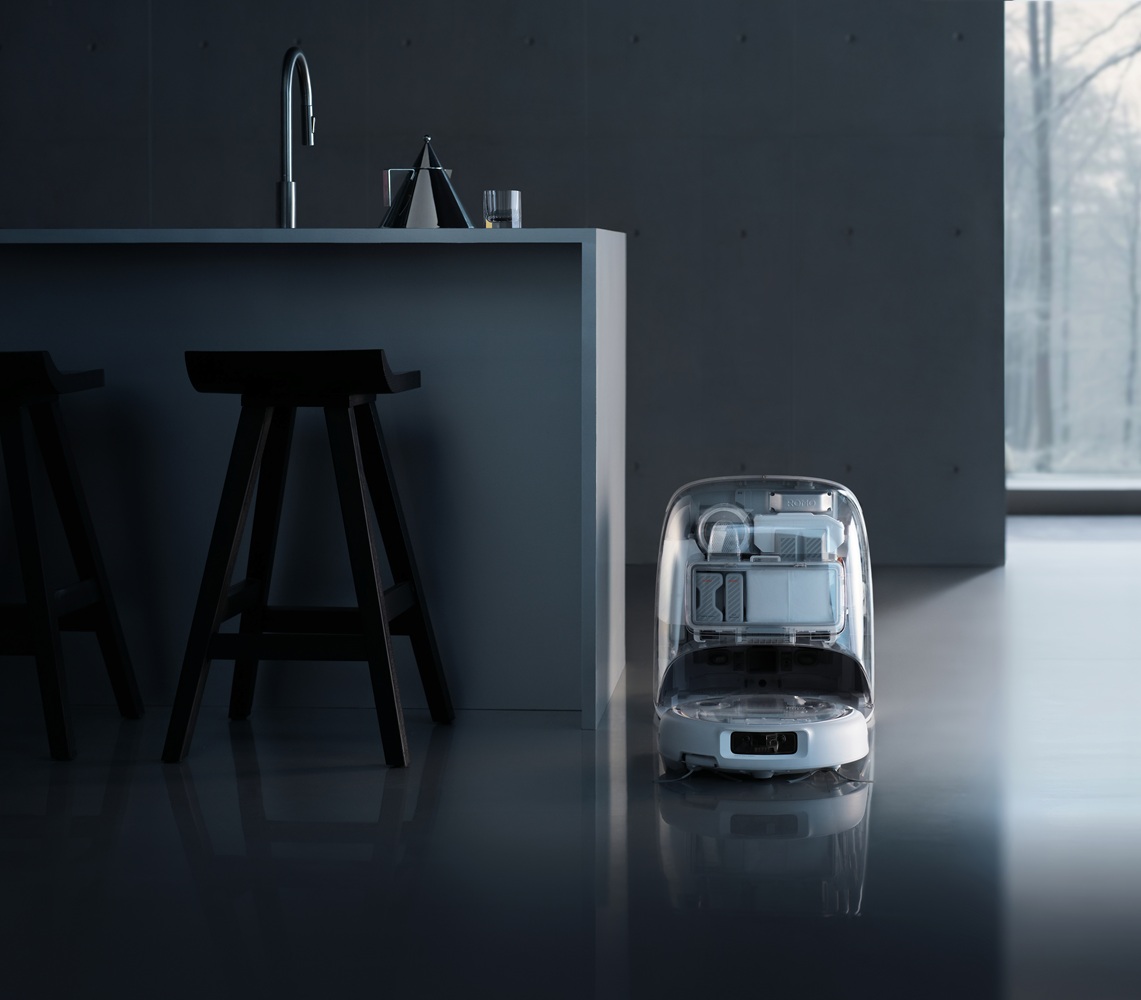- DJI's new Romo vacuum cleaner uses vision and AI-powered decision making to clean your home.
- The robot uses drone sensors and plans a path in real time, adapting to each room.
- Romo's high price and limited smart home integration may prevent it from dethroning Roborock worldwide.
DJIthe company known for putting autonomous aircraft into the skies is now turning its artificial intelligence to the clutter in your home. The company's first robotic vacuum line, Romo, will officially launch in Europe this week – although these are individual markets for now, with no general timing for the UK. And while it's billed as a high-tech cleaning device, it also demonstrates how DJI is working to spread AI-powered tools both on the ground and in the skies.
Romo's three models, S, A and P, cost between €1,299 and €1,899 and include the features you'd expect from a top-tier robot vacuum, such as a self-emptying base, obstacle detection, washing and deodorizing capabilities, and almost intimidating levels of suction. But perhaps it's the intelligence under the hood that defines the Romos, in particular the type born out of DJI's years of work in drone navigation.
Romo's machine learning features allow it to simulate the adaptation and planning required to clean your home. The software learns the layout of the house as it moves, observing through dual fisheye sensors and solid-state lidars, aided by depth-sensing algorithms. This means it can predict and avoid collisions in advance, recognizing obstacles ranging from misaligned furniture and wires to bits of dog food.
It's not hard to associate DJI drone technology with vacuum. Making split-second decisions in unstable, rapidly changing environments is something that autonomous drones have to do all the time. Dodging a playing card is probably easier than dodging a small bird flying through the air.
That's why other smart vacuum cleaner makers are likely keeping an eye on Romo. Most robot vacuums can perform basic mapping and obstacle avoidance. Some can even mop or recognize room types. But Romo offers a more complex understanding of the environment and how a home can look different from moment to moment.
The vacuum device even changes the rotation of the brush when it detects debris or food, applying more targeted suction and slowing down the speed to prevent scattering. These behaviors are also not hard-coded rules; they are based on feedback from internal algorithms. And the dual flex arms extend and retract based on AI-driven interpretation of edge geometry, not just bump detection.
And the video feeds from Romo's onboard sensors have a hint of the filmmaking for which DJI drones are known. Owners can use them to remotely check on pets or children, although this requires two-factor authentication and uses encrypted transmission to ensure privacy.
AI Vacuum Battle

Even Romo's self-cleaning base station works with the principle of minimizing human intervention and allows you to dispense a cleaning solution or deodorizer depending on the type of room.
However, whether DJI's software matches the level of its hardware remains an open question. The DJI Home app is not as well integrated into the smart home ecosystem as Apple HomeKit or Alexa Routines. For such a sensible vacuum, isolation seems like a missed opportunity. However, you do get control over smart routines, cleaning zones and AI-generated maps, so there's hardly much missing in itself.
However, DJI is unlikely to threaten Roborok's throne in the short term. Romo's price is high even for an electric cleaner, and it is not widely available around the world at the moment. Their appeal is aimed at tech enthusiasts, early adopters and DJI diehards, but regular consumers may be reluctant to spend €1,899 on something that cleans marginally better than the €799 competitor. At the moment these are select markets in Europe, there are no plans to launch in the US yet.
However, “Romo” doesn’t feel like a lengthy play. It's more of a way for DJI to show that the same underlying technology that's used to fly drones, stabilize cameras, and track athletes can also analyze your gender and decide whether that ball of fluff is dust or dog hair.
DJI may be planning to launch a whole series of consumer robots focused on artificial intelligence, with Romo as a test run. So while Roborock doesn't have to worry about Romo taking all of its customers, it should keep an eye on the future that's shaping up now. Because if there's one thing DJI technology is good at, it's map navigation.
Follow TechRadar on Google News. And add us as your preferred source to get our expert news, reviews and opinions in your feeds. Be sure to click the “Subscribe” button!
And of course you can also Follow TechRadar on TikTok for news, reviews, unboxing videos and get regular updates from us on whatsapp too much.








